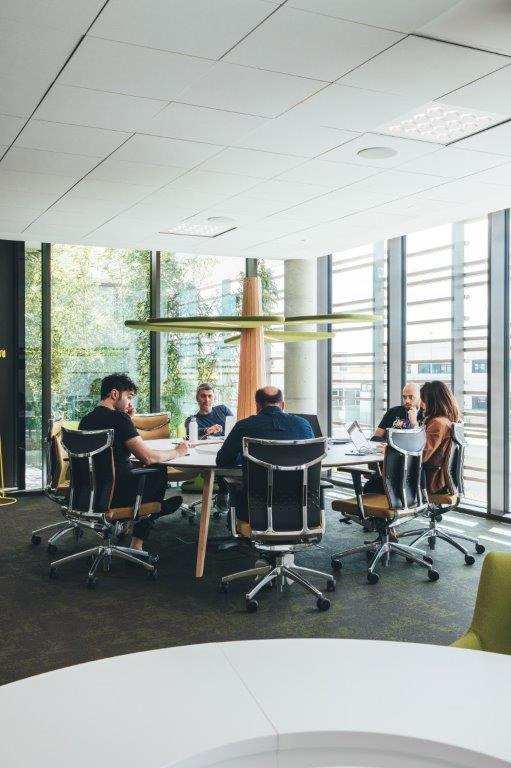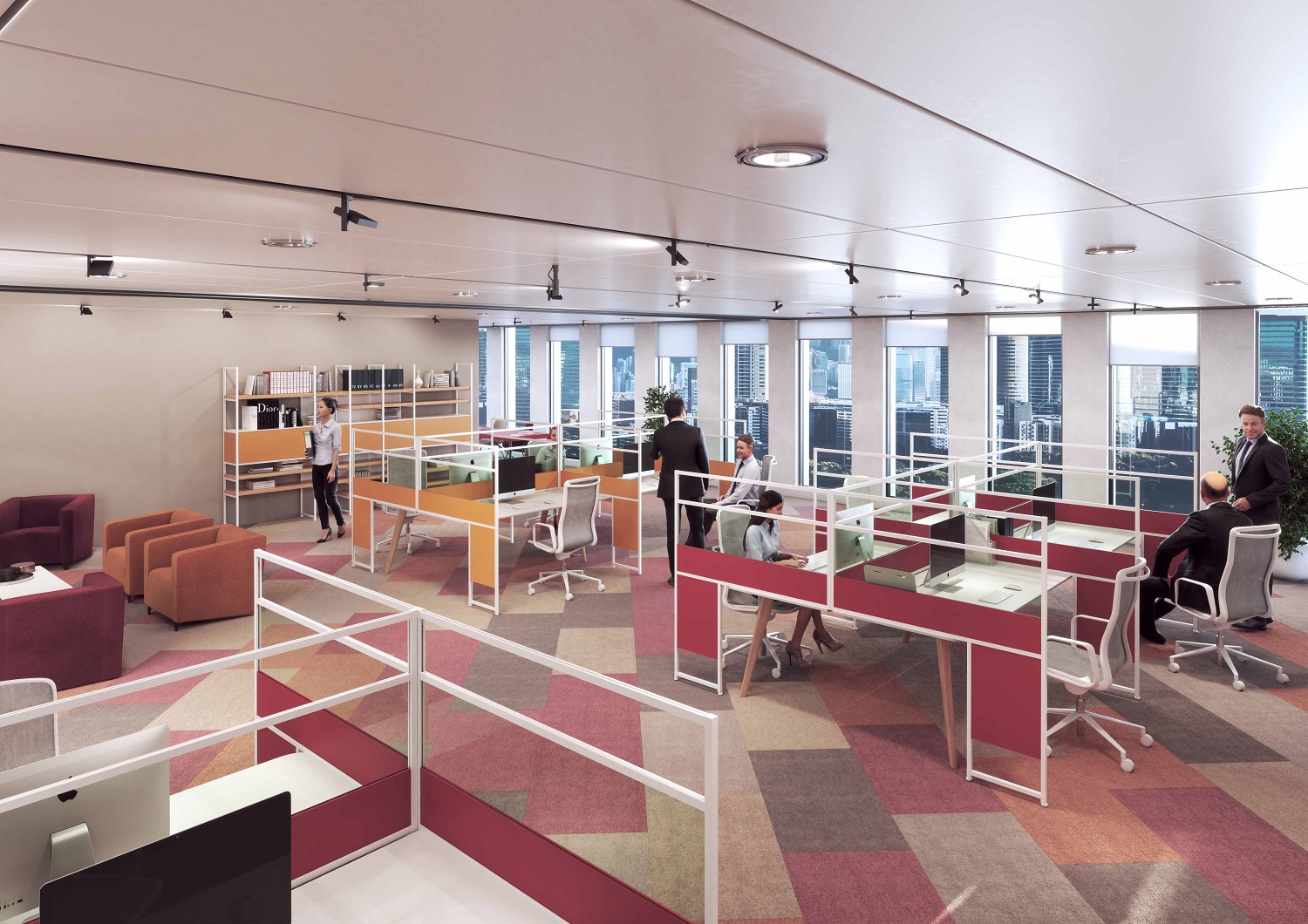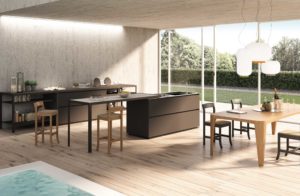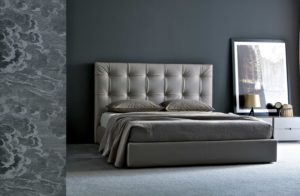Hybrid work: what the office could look like now

WFH or RTO? That is, Work from home or Return to office? It is one of the great debates related to the post-pandemic, at all latitudes. Giant companies like Google and Apple, despite the unknown factor of the Delta variant, are planning the return to the office of their employees. And the question also closely concerns many Italian companies. Between openings and resistances, the solution could be a change of approach.
Hybrid future: opportunity and challenge for everyone
For experts, there is an increasing trend towards a contamination between on-site work and remote activities. The office, therefore, does not disappear, but will have to welcome the workers again. It is not enough, however, to simply reopen the doors. Habits have changed, so have expectations. And then the office must rethink: it must give people a reason to leave the house and go there.
It is a question of changing perspective and paradigm: from the idea of having to go to the office to the possibility of doing so. It is a challenge that affects everyone: companies and workers. Thanks to Covid-19, in fact, even the mainstream audience has discovered that working from home is possible. The advantages are not lacking: it saves, for example, time for commuting from home to work. To gain from it, several studies point out, is also productivity. There are, however, some possible criticalities: in fact, a living room is not transformed by a miracle into an effective workstation. And the risk of social isolation and burnout is always lurking. In short, the office can continue to make a difference if it is able to rise to the challenge.
There is a desire to go back to the office, but …
There is neither an exact formula nor a single solution suitable for all organizations. Along with contamination, the other trend topic is: experimentation. There are those who are ahead, some a little further back. Some would like to change as little as possible, others would like to take advantage of the assistance to revolutionize. Of course, the theme of returning to the office is current and forces companies to roll up their sleeves. According to the Smart Working Observatory of the Politecnico di Milano:
- 70% of large companies will increase the number of days remotely, bringing them on average to 2.7 per week;
- 1 in 2 companies is considering redesigning their physical spaces.
On one thing now, almost everyone agrees: it no longer makes sense to “force” an employee to work in the office. Especially if he manages to do his duties and achieves the results (this is the crux of the matter) even from home.
What if, on the other hand, it was the employees who wanted to go back to the office? It seems there are many. This is evidenced, for example, by a research by the Gensler Research Institute conducted in various countries around the world. For many, the office remains the best place to collaborate and socialize. However, most workers do not want to have to choose between the office and the home. Rather, a hybrid solution is preferred: on-site and remotely. A question of conjunction, in fact.
UNVEILING THE FUTURE OF WORK: Join us @ Milan Design Week
The advantages of the office
Given by some for dead, the office carves out, in short, a role as a (co) protagonist in the work of the future. And it does so on the one hand by making the most of some of its peculiarities, on the other by filling the “holes” of home working. Research from the Gensler Research Institute finds, for example, that you want to go back to the office to be together, but also to focus. In addition, on-site work is indicated by respondents as excellent in supporting collaboration, awareness, problem solving and inclusion. The office, however, must also:
- Be inspiring. A Steelcase report informs that there is a tendency to develop a greater sense of community when the office is perceived as stimulating. This improves engagement, retention and productivity.
- Promote well-being. Research by Gallup, an American consulting firm, argues that commitment and well-being are mutual. Each influences the other and, when they cooperate, they contribute to creating a prosperous work environment, containing the risk of Burnout.
Separate spaces, without dividing
The “new normal” of work is characterized by a balance between work on site and from home. And it goes through a different conception and design of the workplace. It is a decisive process that must be governed by company managers with vision and responsibility.
Back to the office, yes, then, but not in the past. To attract the worker, you have to offer him something that he cannot find elsewhere. Not even at home. And, often, it is a set of elements. You must be able to move between “traditional” operational spaces, areas for concentration, places of interaction and areas for rest. The challenge, in this sense, is to separate spaces, without dividing. This is the contribution that Collaborative Room wants to make: a range of modular pods designed to easily reorganize the work environment. Privacy and socialization, concentration and sharing, modernity and practicality. Now try to change the conjunction, putting an o in place of the e: worse, right?





